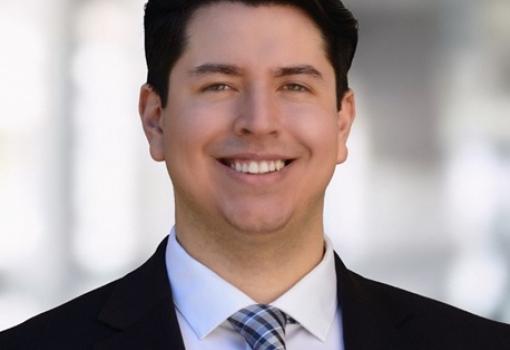Tamara Alliston, PhD

Tamara Alliston, PhD
Professor
Parnassus Heights - Alliston Lab
513 Parnassus Ave
San Francisco CA 94143
415-502-6523
513 Parnassus Ave
San Francisco CA 94143
San Francisco CA 94143
415-502-6523
Parnassus Heights
Publications
Web Links
Grants
- The mechanistic control of bone quality and joint crosstalk by osteocytes
2008-07-01 - 2025-05-31
NIH R01DE019284
Role: Principal Investigator
- Core Center for Musculoskeletal Biology and Medicine (Overall Application)
2019-07-01 - 2024-06-30
NIH P30AR075055
Role: Principal Investigator
- miRNA coordination of TGF-beta / Wnt signaling in osteocyte mechanotransduction
2017-08-01 - 2020-07-31
NIH R21AR070403
Role: Principal Investigator
- 2018 Musculoskeletal Biology and Bioengineering Gordon Research Conference and Gordon Research Seminar
2018-03-23 - 2019-02-28
NIH R13AR073652
Role: Principal Investigator
- The mechanobiology of TGF-beta signaling in chondrocytes
2014-09-18 - 2017-08-31
NIH R21AR067439
Role: Principal Investigator
- AAOS/ORS Tackling Joint Disease by Understanding Crosstalk between Cartilage and Bone Research Symposium
2015-09-21 - 2016-08-31
NIH R13AR068913
Role: Principal Investigator
- TGF-Beta regulation of Runx2 in bone formation and quality
2006-03-01 - 2009-02-28
NIH R03DE016868
Role: Principal Investigator
Education
| PhD | Baylor College of Medicine | ||
| B.A. | Trinity University | ||
| Post-doc | University of California San Francisco |
About Tamara Alliston, PhD
Our research focuses on the mechanobiologic pathways controlling stem cell and skeletal cell differentiation in bone and cartilage. We seek to understand how these pathways maintain the mechanical integrity of the healthy skeleton, and how this is disrupted in skeletal diseases like arthritis and osteoporosis.
In particular, we study the mechanobiology of TGFβ in the skeleton. To answer these questions we combine molecular, cellular, physiologic, bioengineering, and materials science approaches. This interdisciplinary approach will advance the development of therapies that can prevent skeletal disease and improve the speed and success of skeletal tissue regeneration.


